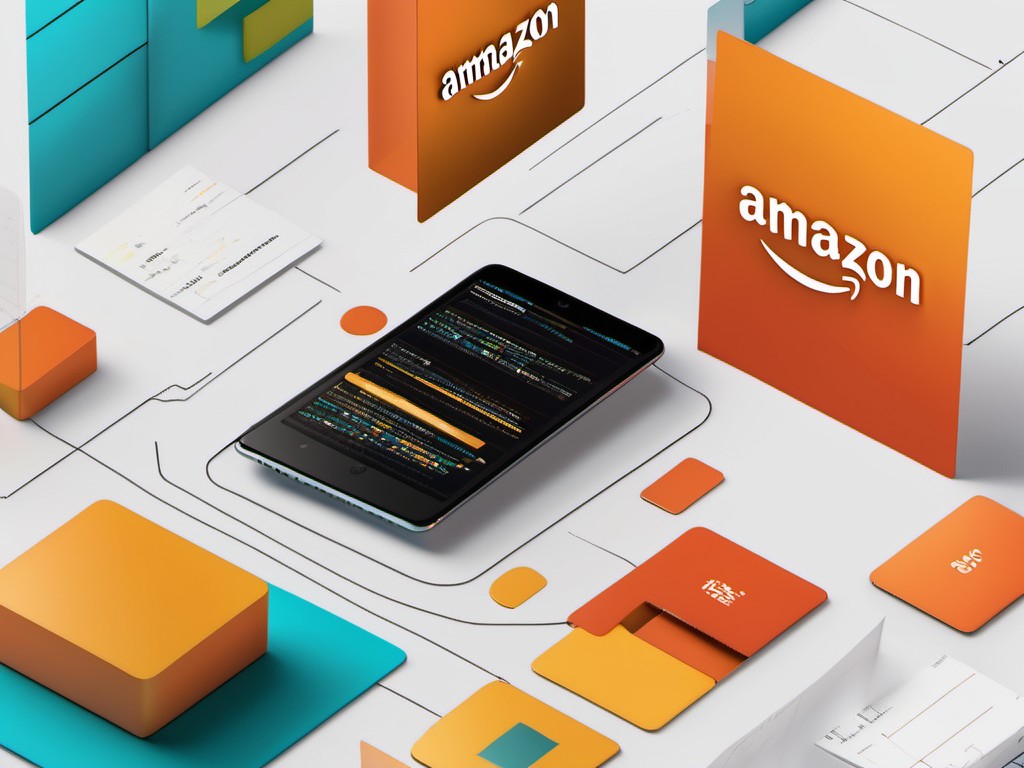· Charlotte Will · 5 min read
Understanding the Concept of Amazon Scraping and its Importance in E-commerce
Discover how Amazon scraping can revolutionize your e-commerce strategy by providing insights into market trends, competitive analysis, and product optimization. Learn best practices, tools, ethical considerations, and real-world case studies to boost your business.

Introduction to Amazon Scraping
What is Amazon Scraping?
In the dynamic world of e-commerce, staying informed about your competitors’ strategies and product offerings is crucial. One powerful tool that many businesses leverage is Amazon scraping. At its core, Amazon scraping involves using software to extract data from Amazon listings—this could include product details, pricing information, customer reviews, and more. This practice allows businesses to gain valuable insights into market trends, customer preferences, and competitive landscapes.
Why is it Important for E-commerce?
For e-commerce retailers, staying ahead of the competition can mean the difference between success and failure. Amazon scraping offers several key benefits that make it an invaluable tool:
- Competitive Analysis: By scraping data from competitors’ listings, businesses can understand their pricing strategies, product descriptions, and customer feedback. This information can be used to refine their own offerings and stay competitive.
- Market Trends: Scraping Amazon data provides real-time insights into what products are popular, how prices fluctuate, and which keywords drive the most traffic.
- Product Optimization: Businesses can use scraped data to optimize their own product listings. This includes understanding which features or benefits resonate most with customers and incorporating them into your product descriptions.
- Pricing Strategies: By tracking competitors’ pricing, businesses can adjust their own prices to stay competitive while maximizing profits.
- Customer Insights: Customer reviews provide a wealth of information about what consumers like and dislike about products. Scraped review data can be analyzed to improve product quality and customer satisfaction.
Methods of Amazon Scraping
Manual vs Automated Scraping
Amazon scraping can be conducted either manually or automatically. Manual scraping involves physically copying data from Amazon listings, which is time-consuming but ensures compliance with legal and ethical guidelines. On the other hand, automated scraping uses software to extract data more quickly and efficiently. While automated methods are faster, they require careful adherence to terms of service and legal considerations.
Tools and Techniques
Several tools and techniques can be employed for Amazon scraping:
- Web Scraping Software: Tools like Octoparse, ParseHub, and Scrapy are popular choices for automated data extraction. They allow users to create scripts that can scrape specific types of data from Amazon listings.
- APIs: Amazon offers APIs through its affiliate program, Amazon Associates. While this method is more limited than full-scale scraping, it provides a legal way to access product information.
- Browser Extensions: Extensions like Data Miner and Octoparse can be used to extract data directly from Amazon pages.
- Proxies and VPNs: To avoid detection and IP blocking by Amazon, scrapers often use proxies or VPNs that rotate IP addresses.
Ethical Considerations in Web Scraping
Best Practices
- Respect Terms of Service: Always read and adhere to the terms of service for any website you plan to scrape. Violating these terms can lead to legal consequences.
- Avoid Overloading Servers: Implement rate limits in your scraping scripts to prevent overwhelming a server with too many requests at once.
- Data Anonymization: If scraped data includes personal information, ensure that it is anonymized to protect user privacy.
- Transparency: Be transparent about your data collection practices and obtain necessary consents or permissions when required.
Legal Implications
Web scraping is a legal gray area, and laws can vary by jurisdiction. In the United States, for example, the Computer Fraud and Abuse Act (CFAA) and the Digital Millennium Copyright Act (DMCA) may be relevant. Key legal considerations include:
- Intellectual Property: Scraped data must not infringe on intellectual property rights, such as copyrights or trademarks.
- Terms of Service Violations: If a website’s terms of service explicitly prohibit scraping, violating these terms could result in legal action.
- Data Privacy Laws: Scraped data that includes personal information must comply with data privacy laws like the General Data Protection Regulation (GDPR) in Europe.
Case Studies: Success Stories and Lessons Learned
Success Story 1: Price Tracking
A retailer used Amazon scraping to track price changes on competing products. By analyzing this data, they identified optimal pricing points for their own products, leading to a significant increase in sales and market share.
Success Story 2: Product Development
An e-commerce startup scraped customer reviews from Amazon to understand pain points with existing products. They used this information to develop new products that addressed these issues, resulting in high customer satisfaction and positive feedback.
Lessons Learned
- Data Quality: Ensure that the data you scrape is accurate and relevant. Poor-quality data can lead to misguided business decisions.
- Compliance: Always prioritize legal and ethical compliance in your scraping practices.
- Scalability: Implement scalable solutions that can handle large volumes of data efficiently.
- Continuous Monitoring: Regularly monitor the market using scraped data to stay updated on trends and changes.
Conclusion
Amazon scraping is a powerful tool for e-commerce businesses looking to gain a competitive edge. By understanding market trends, optimizing product listings, and refining pricing strategies, businesses can significantly improve their performance. However, it’s crucial to approach Amazon scraping with a strong emphasis on ethical considerations and legal compliance.
FAQs
Is Amazon scraping legal? Amazon scraping operates in a legal gray area. While it is not explicitly illegal, violating terms of service or intellectual property rights can lead to legal consequences. Always ensure your practices are ethical and compliant with relevant laws.
What are the best tools for Amazon scraping? Popular tools for Amazon scraping include Octoparse, ParseHub, Scrapy, and browser extensions like Data Miner. The choice of tool depends on your specific needs, technical expertise, and compliance requirements.
How can I ensure my web scraping practices are ethical? To ensure ethical web scraping practices, adhere to the terms of service of the website you’re scraping, respect intellectual property rights, avoid overloading servers, anonymize personal data, and be transparent about your data collection methods.
Can I get banned for Amazon scraping? Yes, violating Amazon’s terms of service can result in IP blocking or even legal action. It’s essential to use proxies, rotate IP addresses, and respect rate limits to minimize the risk of detection.
What kind of data can I scrape from Amazon? You can scrape a variety of data from Amazon, including product details, pricing information, customer reviews, ratings, and keywords. However, it’s crucial to ensure that scraping this data complies with legal and ethical guidelines.




